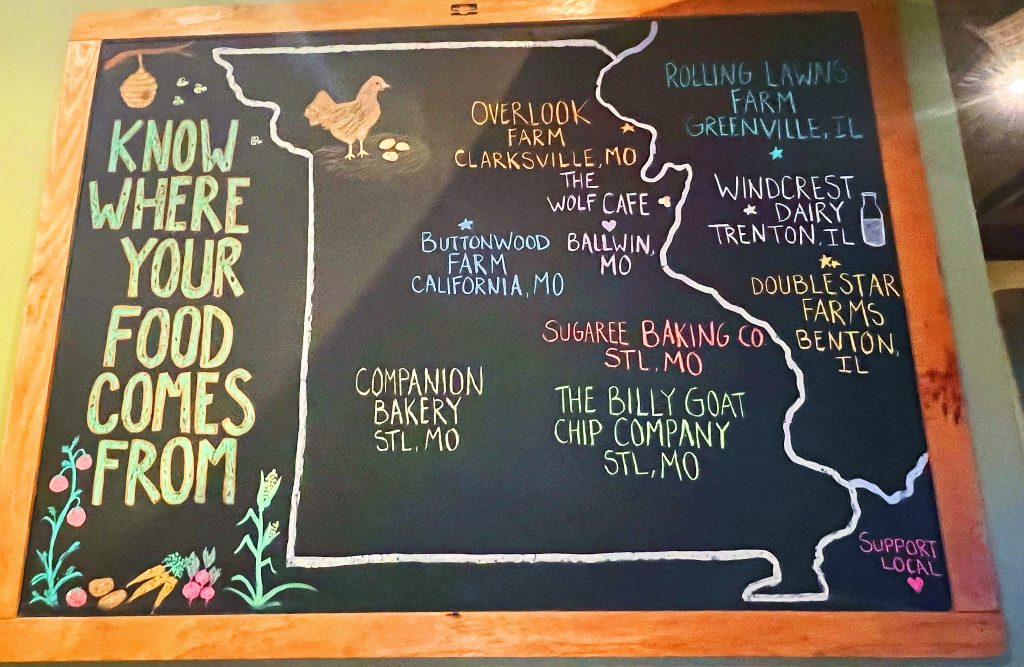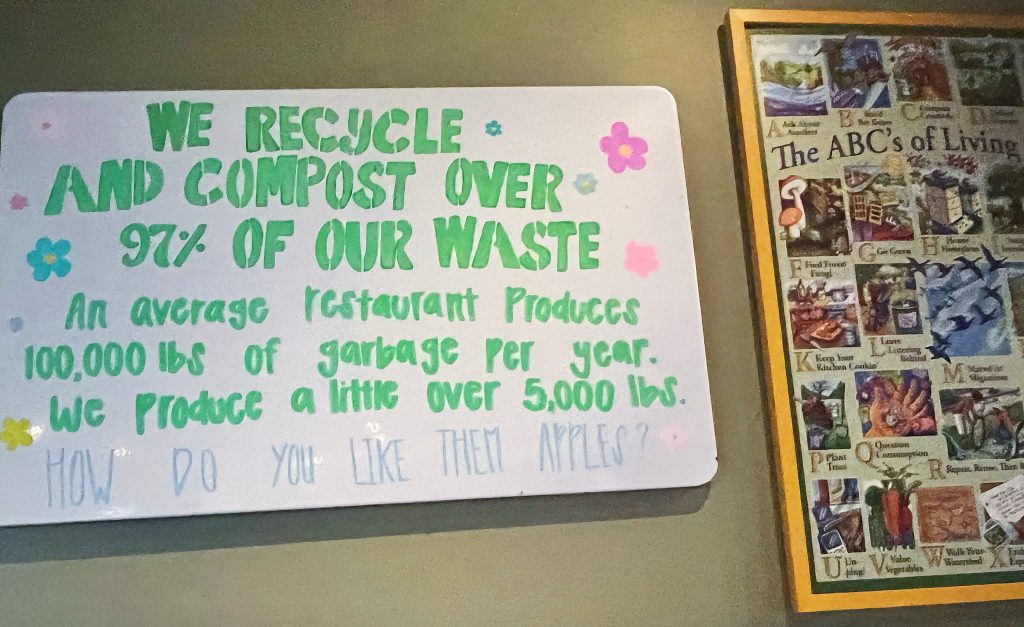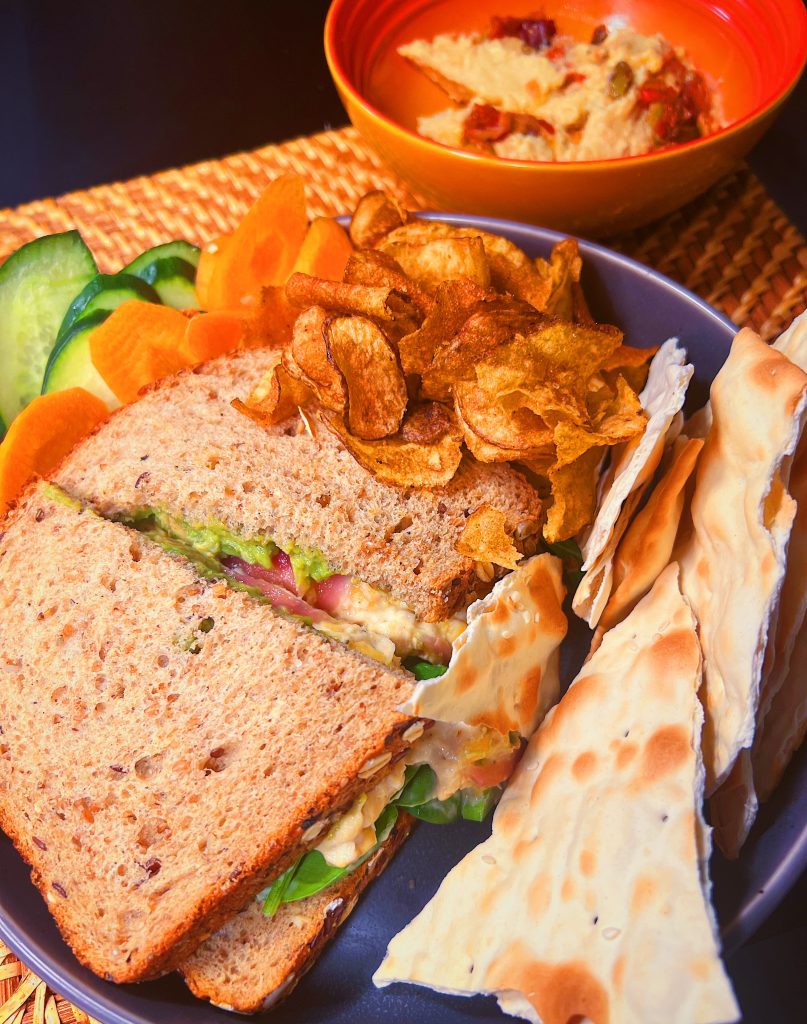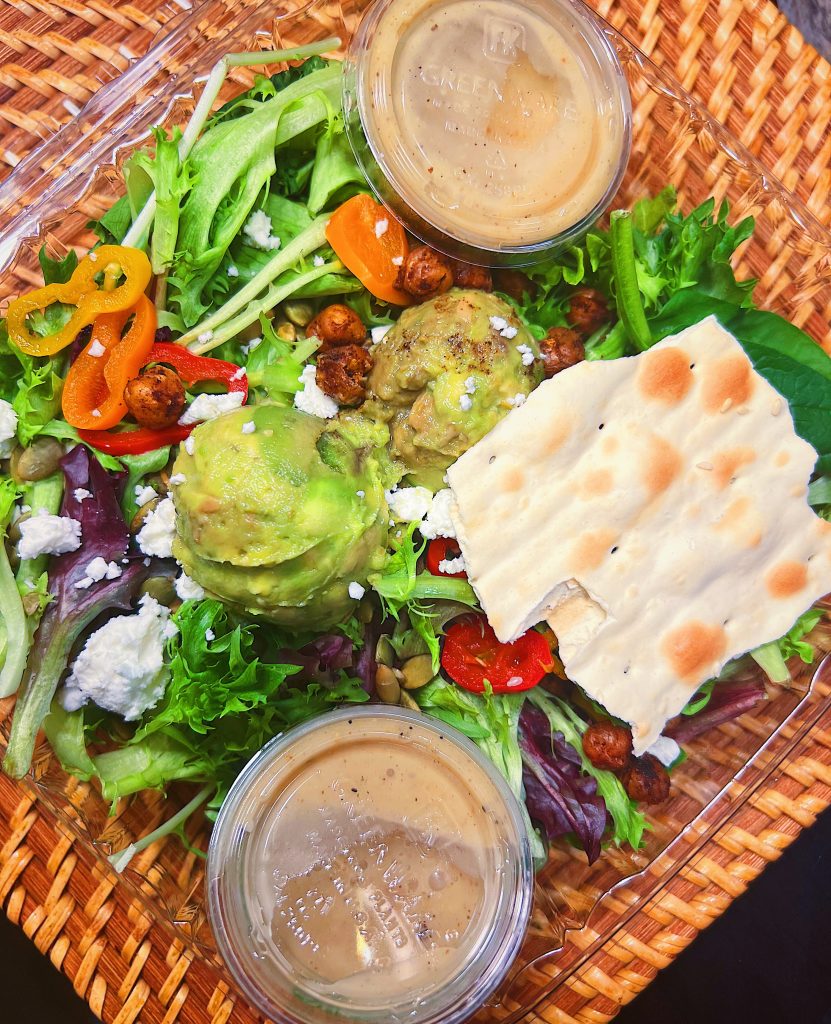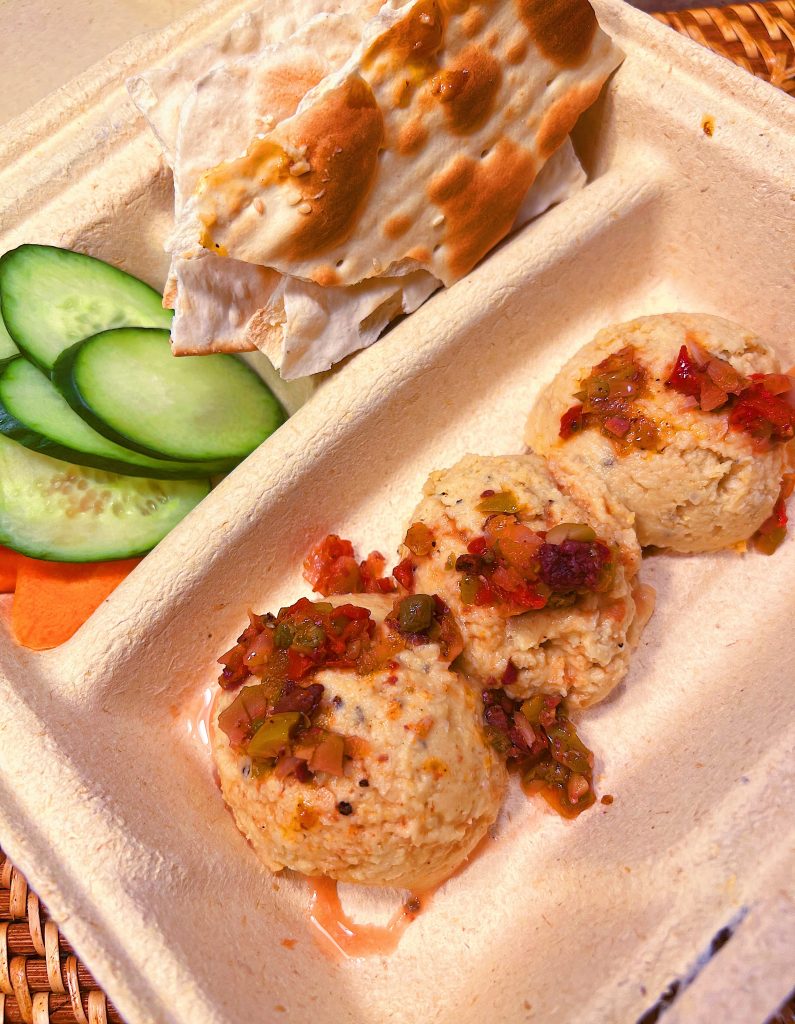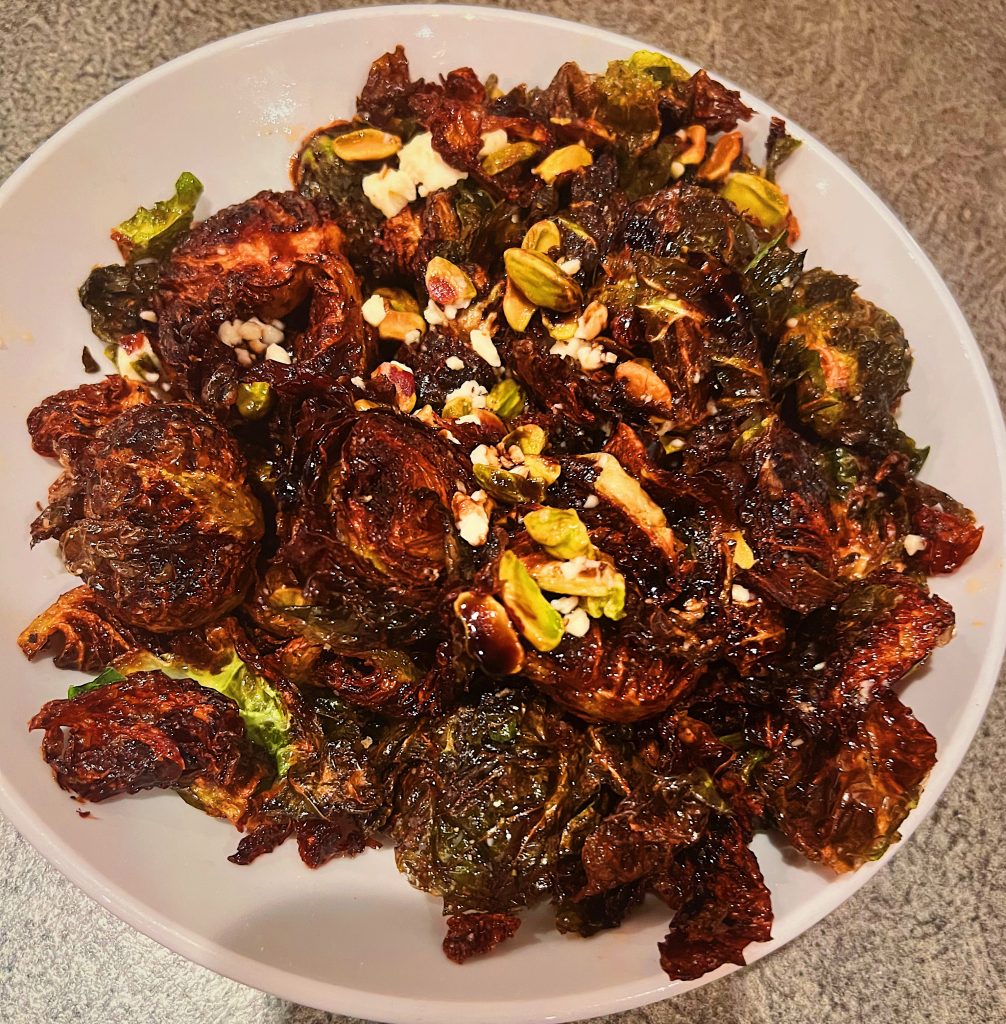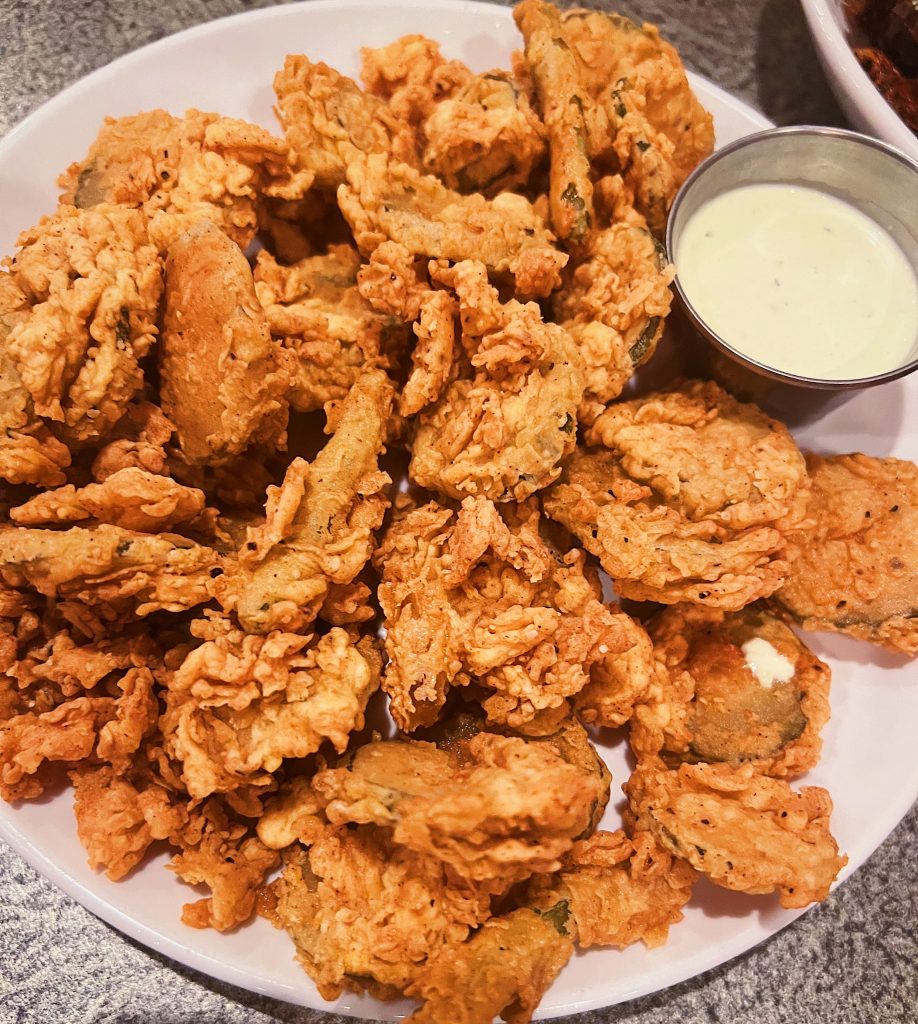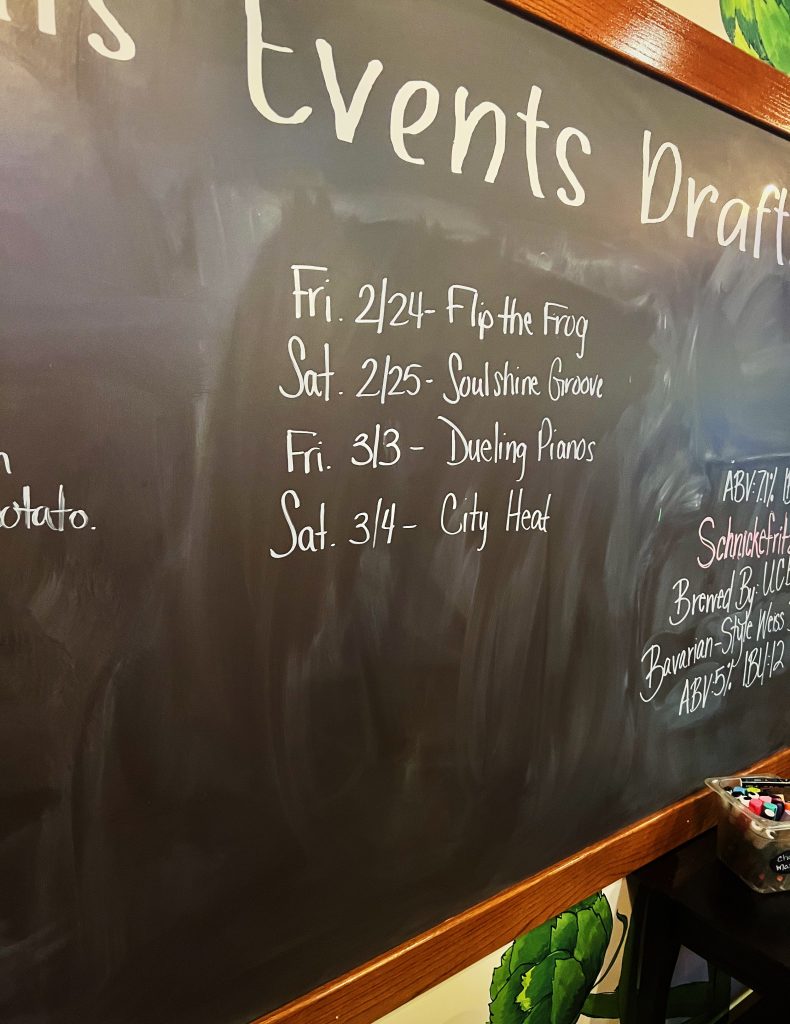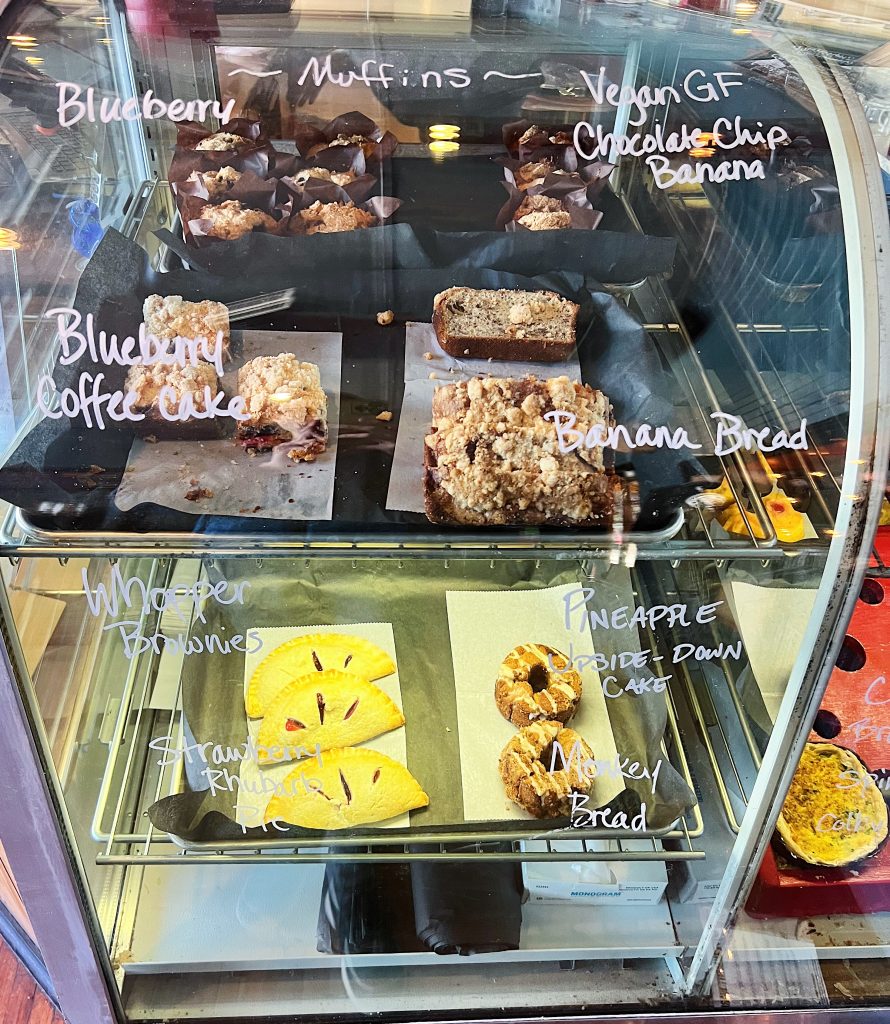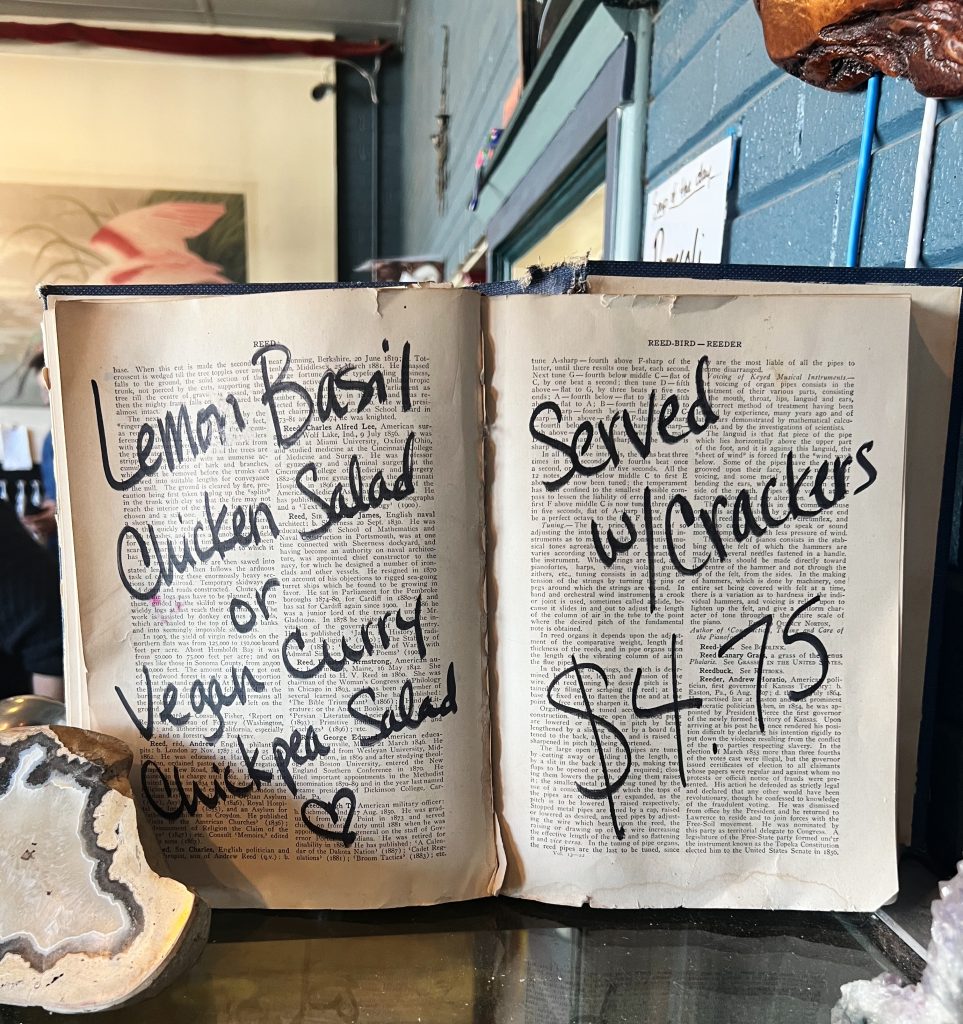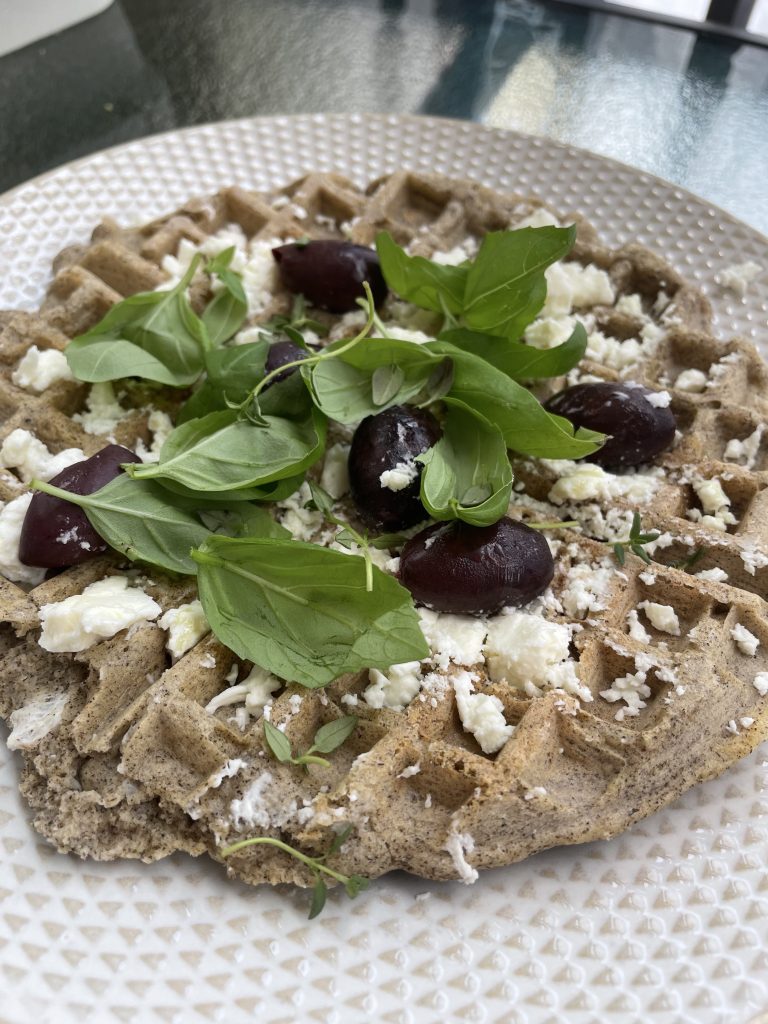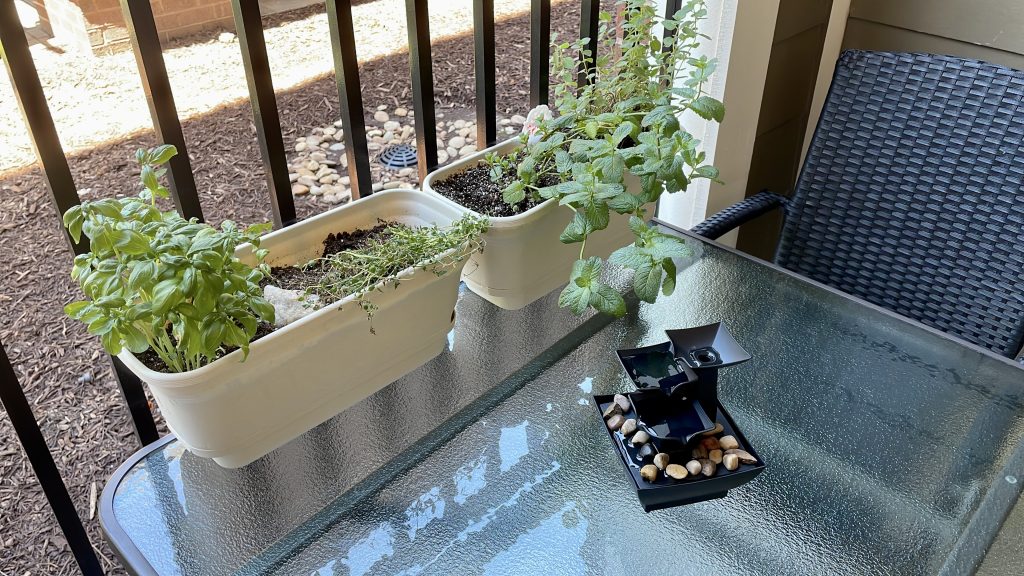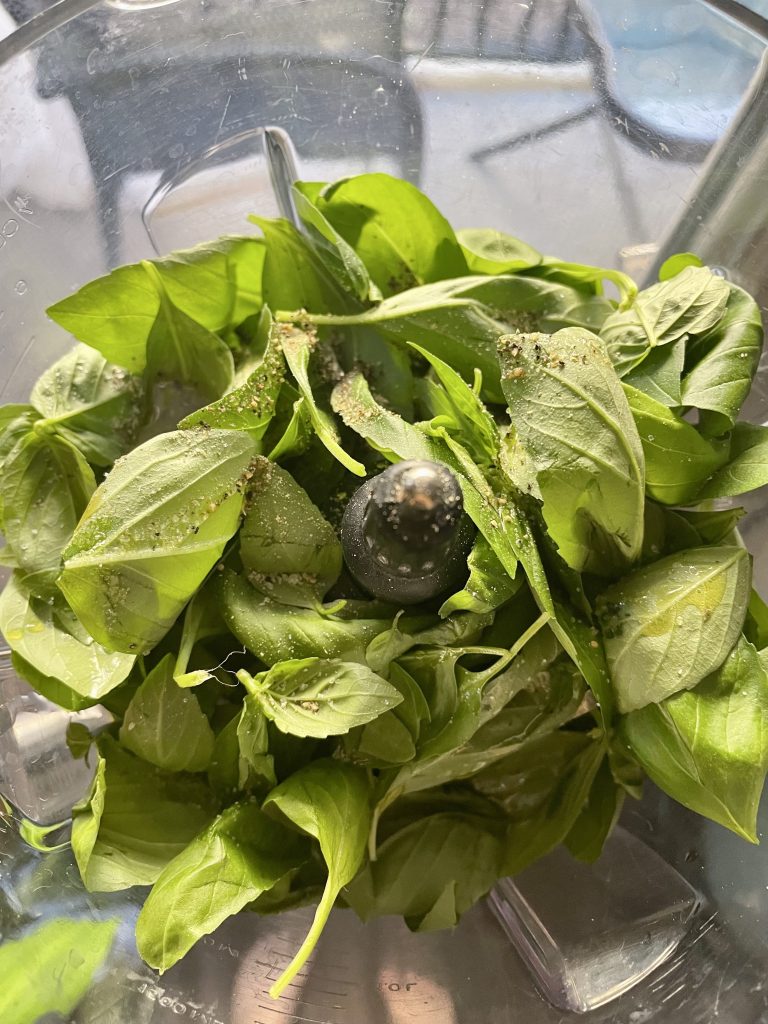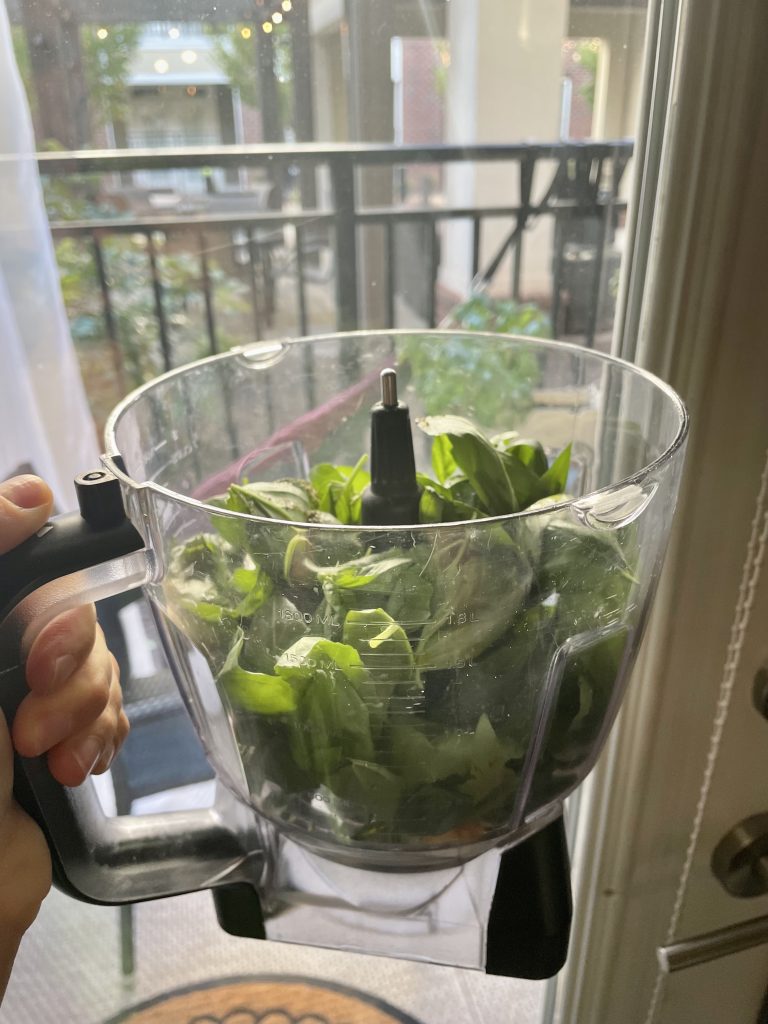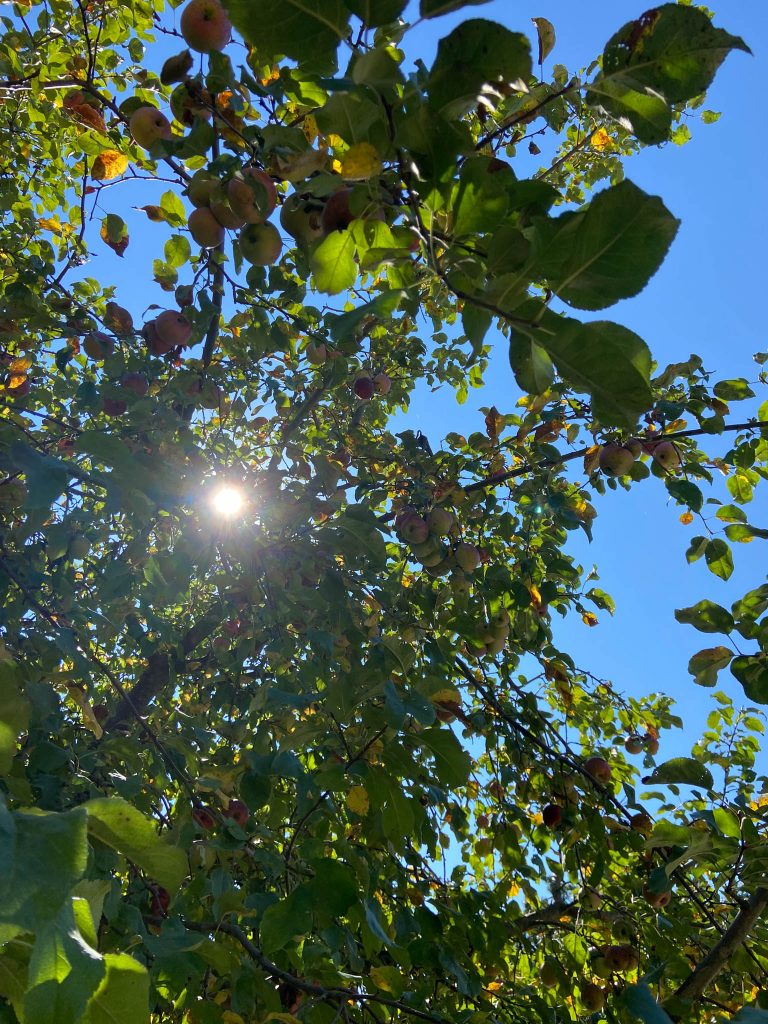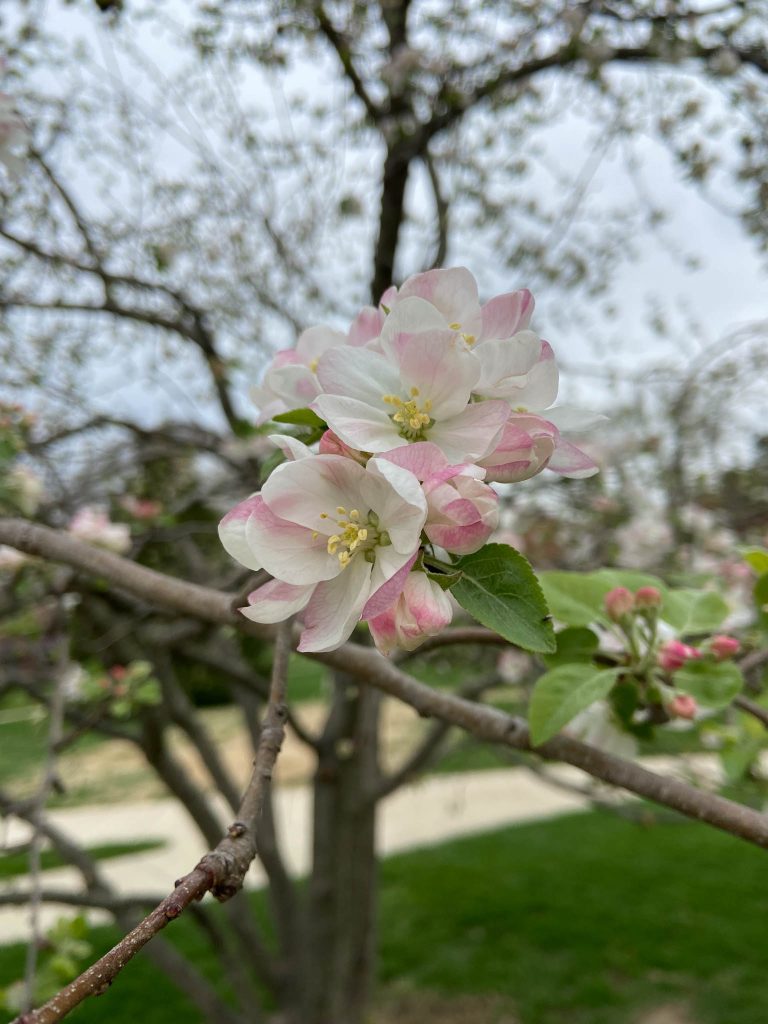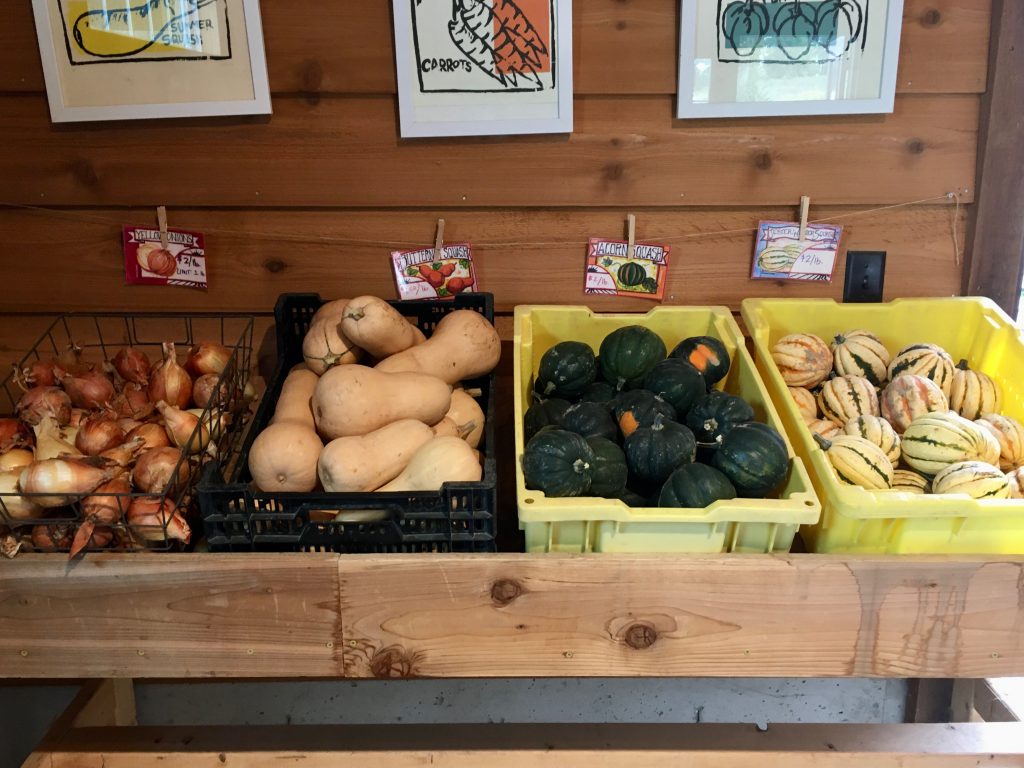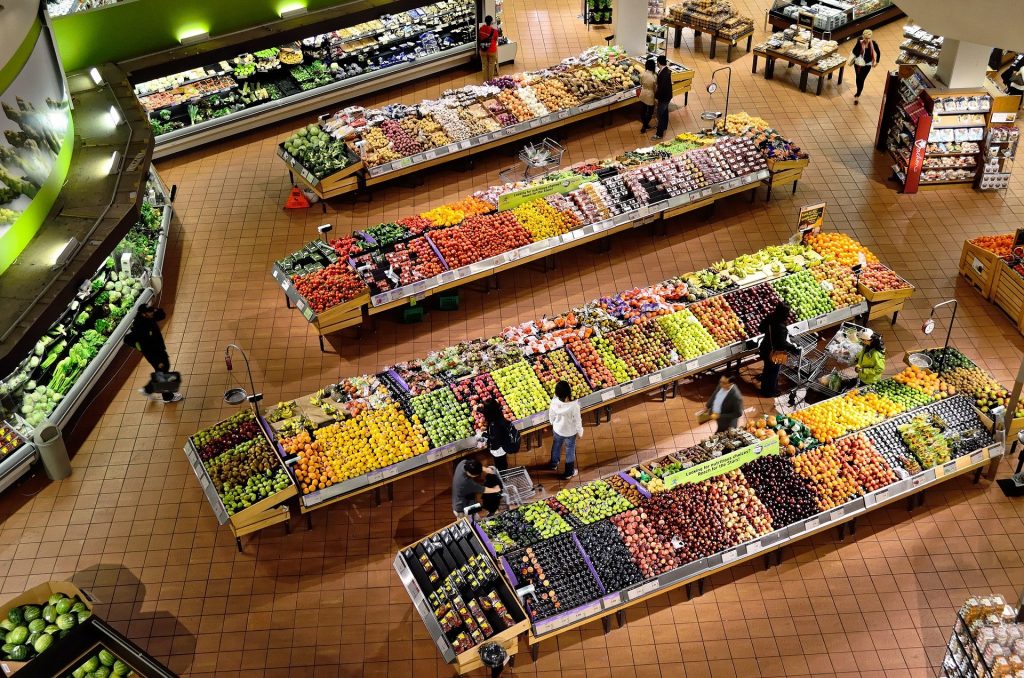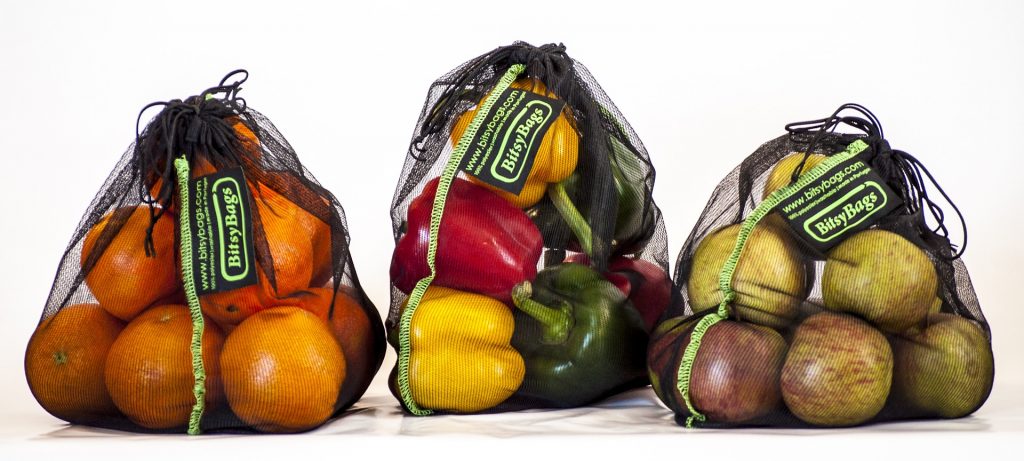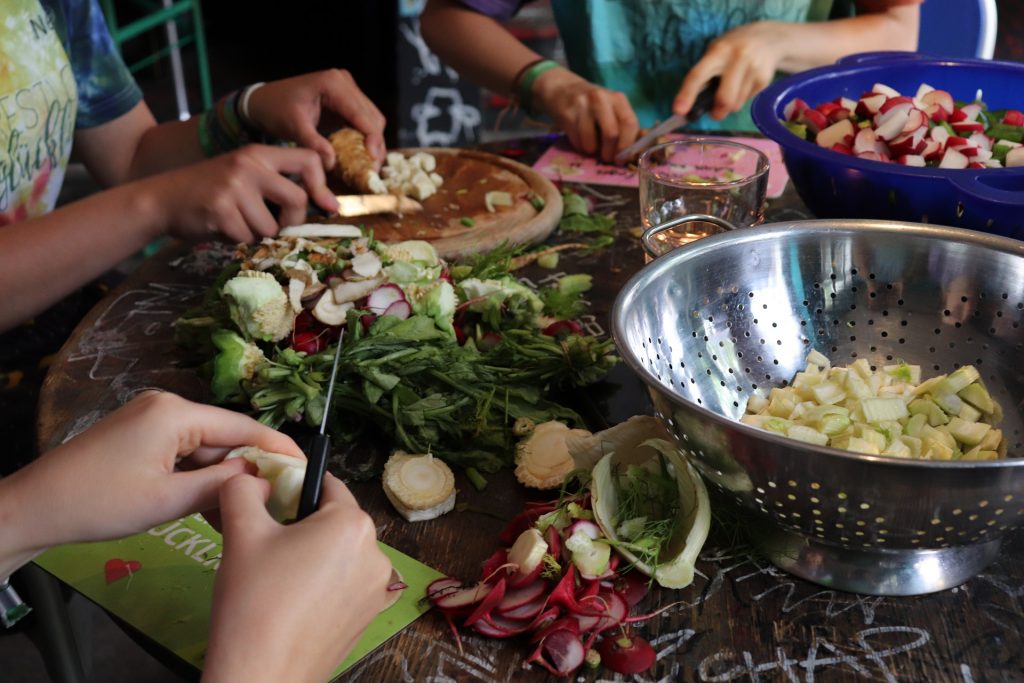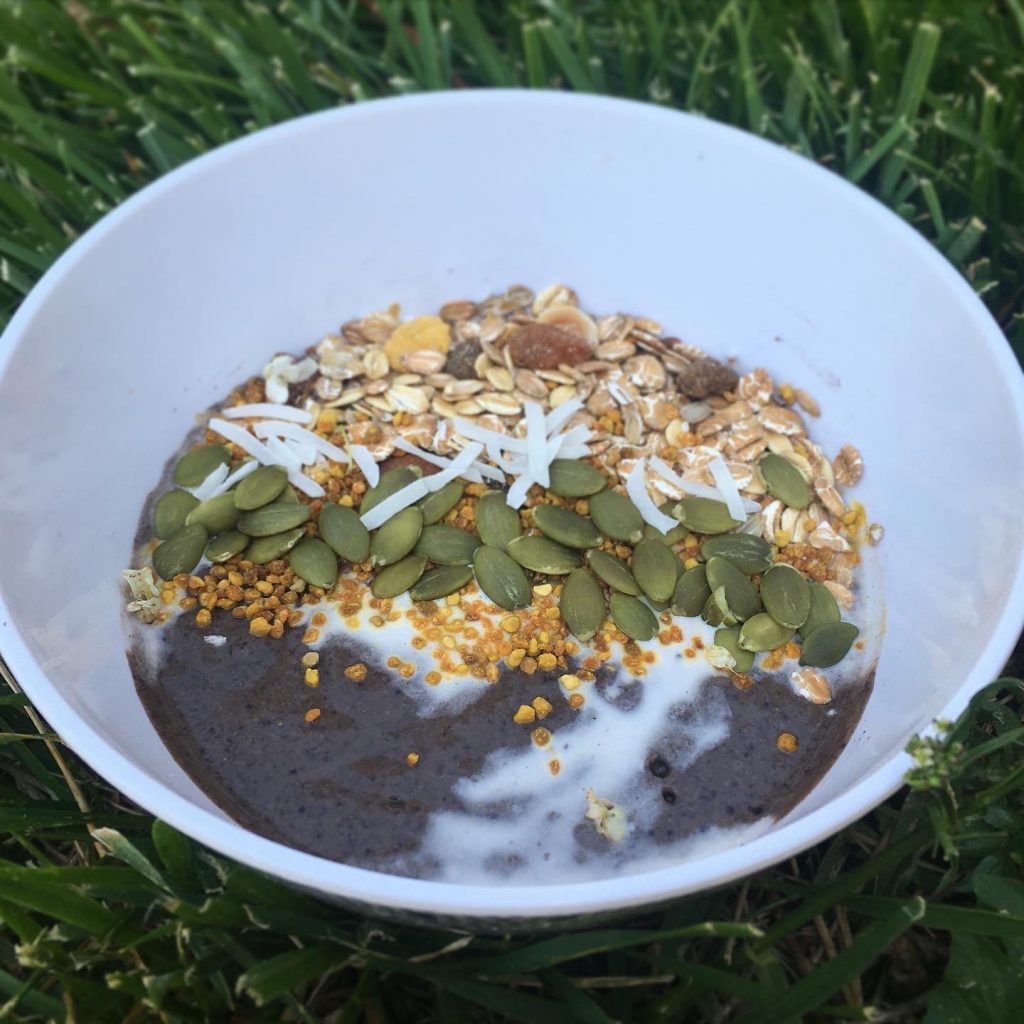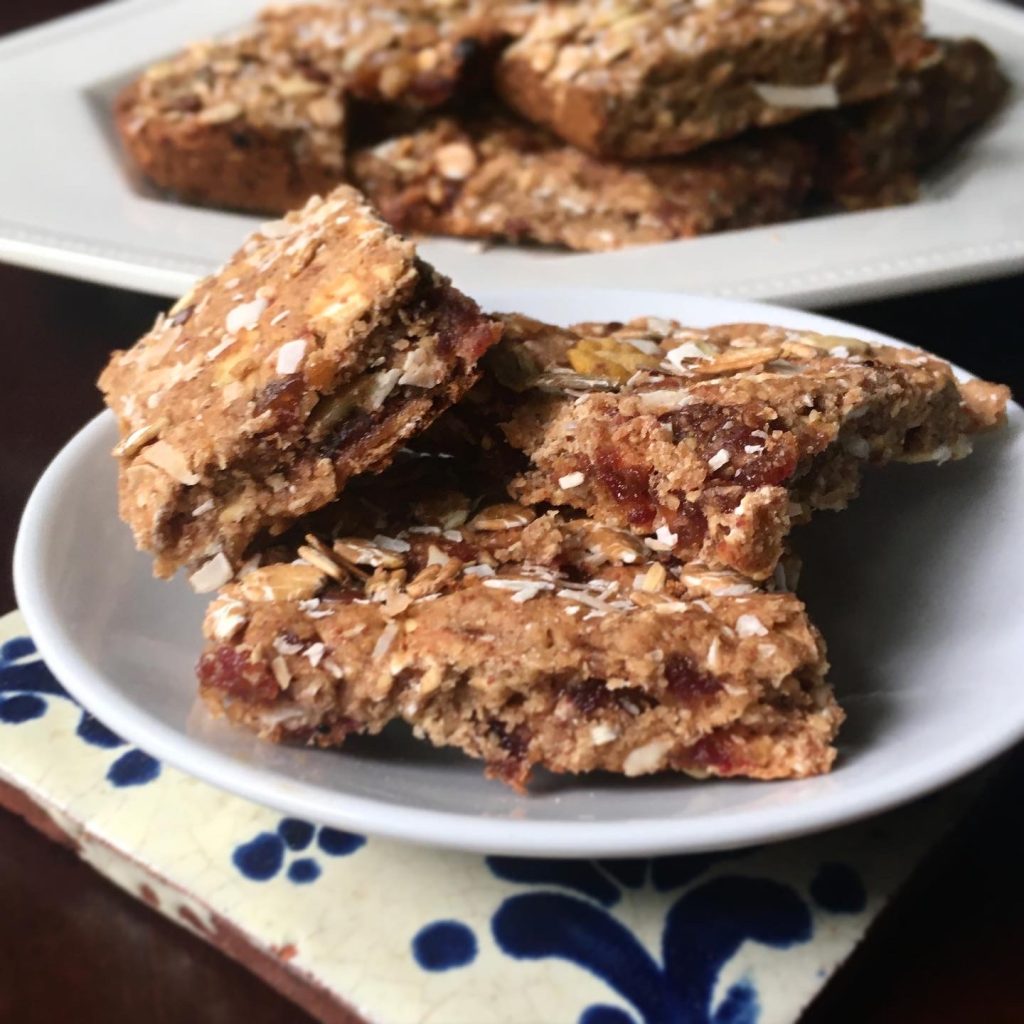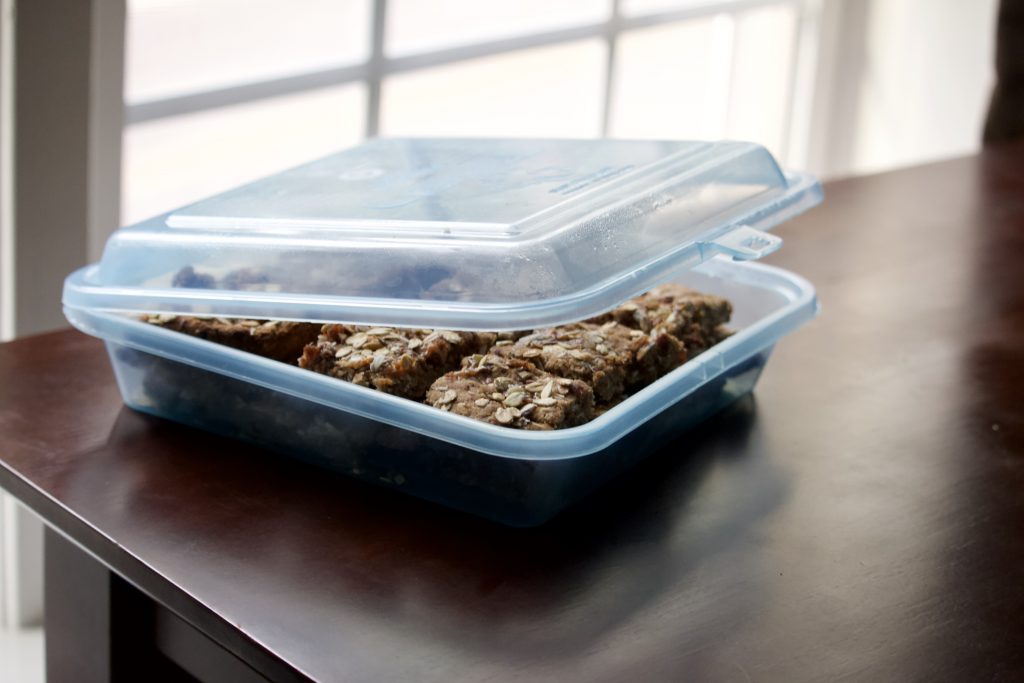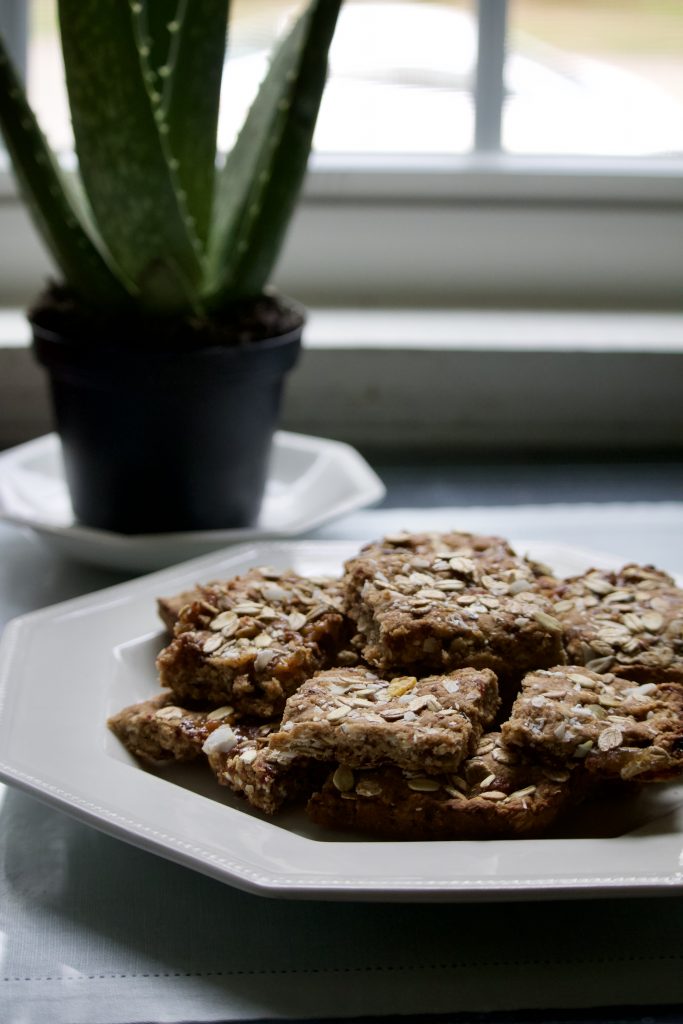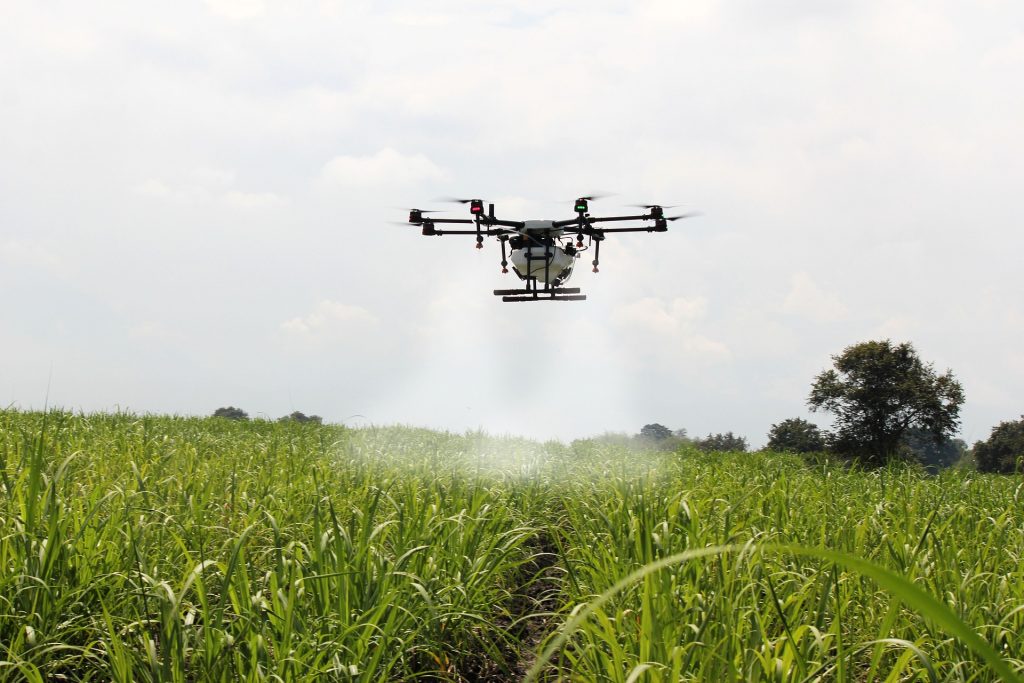Shane Witters Hicks | Program Officer
Principia Center for Sustainability | April 27, 2023
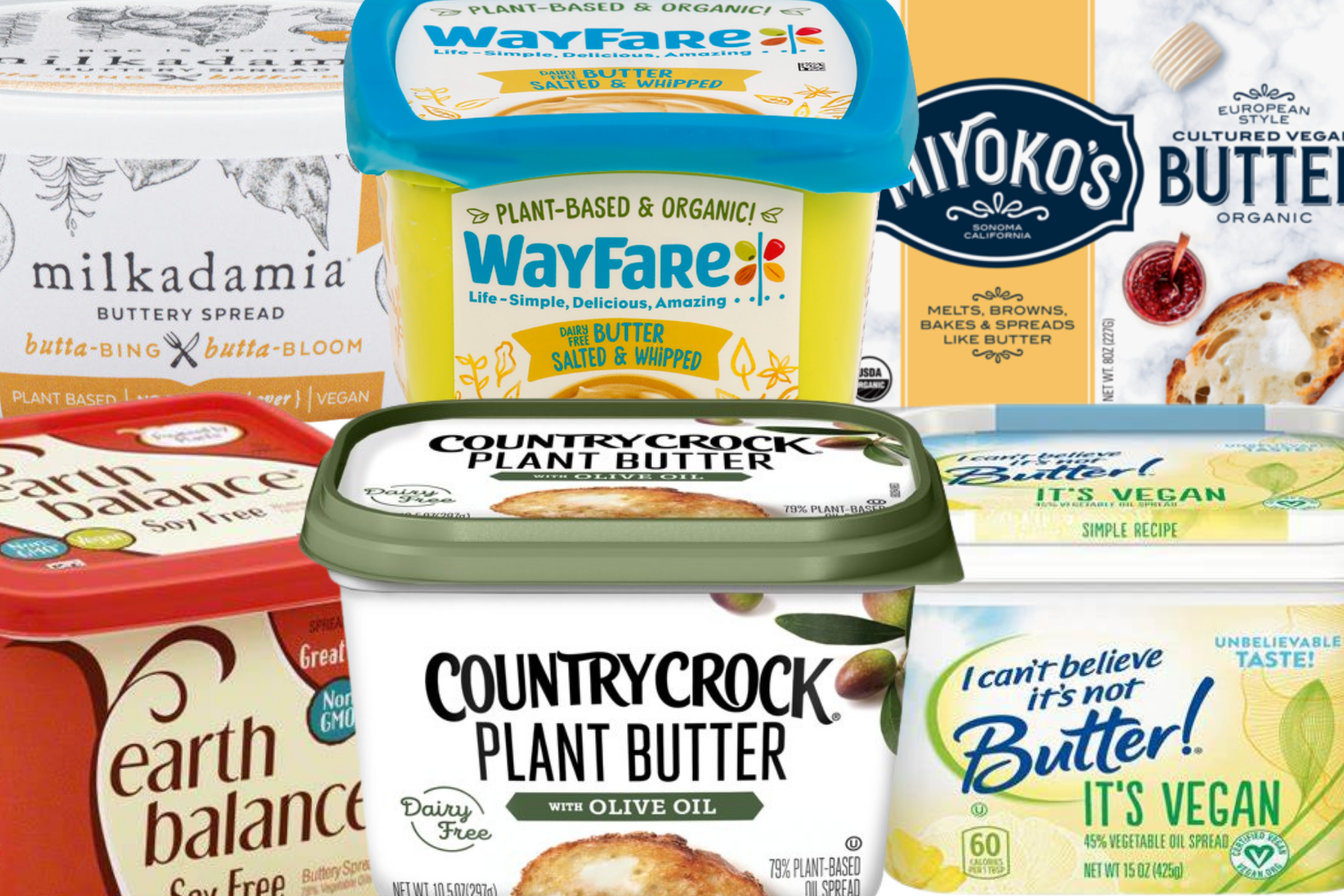
My predecessors on this blog have posted some great vegan product reviews (for example, Beyond Chicken, vegan cream cheese, Daiya cheese review). With the rapidly changing landscape of vegan products available and a landslide of new products in the last 3 years, I want to throw my recommendations for vegan dairy products into the mix!
A note on credibility: These are my personal recommendations. I’m not a professional food critic nor am I affiliated with any of the brands mentioned. I’ve worked in the culinary industry for 5+ years, including a lengthy stint at a plant-based protein company, where taste tests of cutting-edge vegan products were the norm. This, combined with the fact that I’ve been a vegan food aficionado for the past 8 years, puts me in a decent position to give some solid recommendations.
Vegan dairy is a dauntingly vast subject, so I’ve limited myself to one “Buy This: Winner,” one “Buy This: Runner-Up,” and one “Not That!” (aka the “loser”) per category. Read on, fellow shoppers, for my takes on the best and worst plant-based products out there!

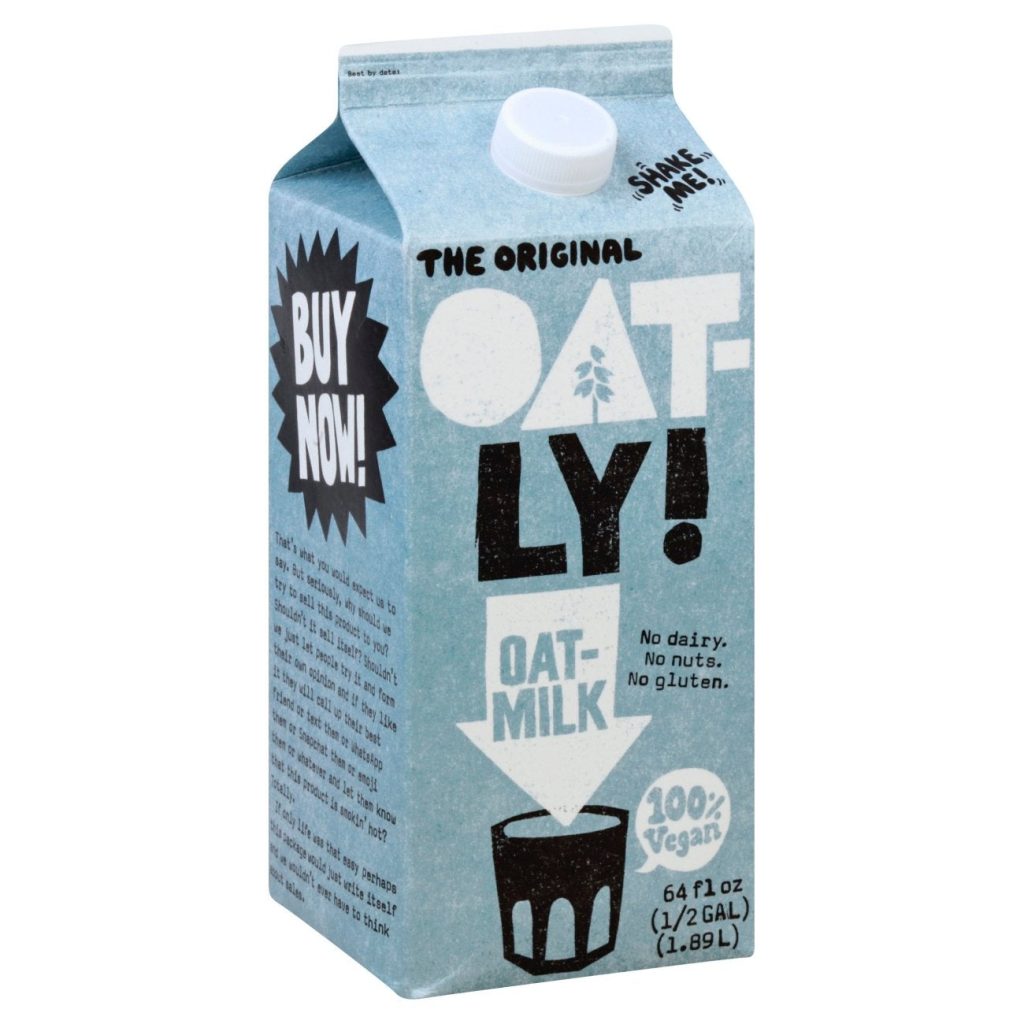
Plant-Based Oat Milk
Buy These!
- Winner: Chobani Extra-Creamy Oatmilk
- Runner-Up: Oatly Original Oatmilk
Not That!
- Oat Malk OR Pacific Foods (if you don’t like very sweet milks)
Synopsis: *Disclaimer* I happen to really enjoy Pacific Foods oatmilk – it has a decently strong oat flavor and its sugar content makes it perfect for use in sweet baked goods. However, many people I’ve surveyed dislike the overly sweet flavor, … so if you are sensitive to sweetness and frequently enjoy your oatmilk straight from the bottle, go for one of the winners. But if you’re like me and mostly use oatmilk in baked goods, I think Pacific Foods is a decent choice.
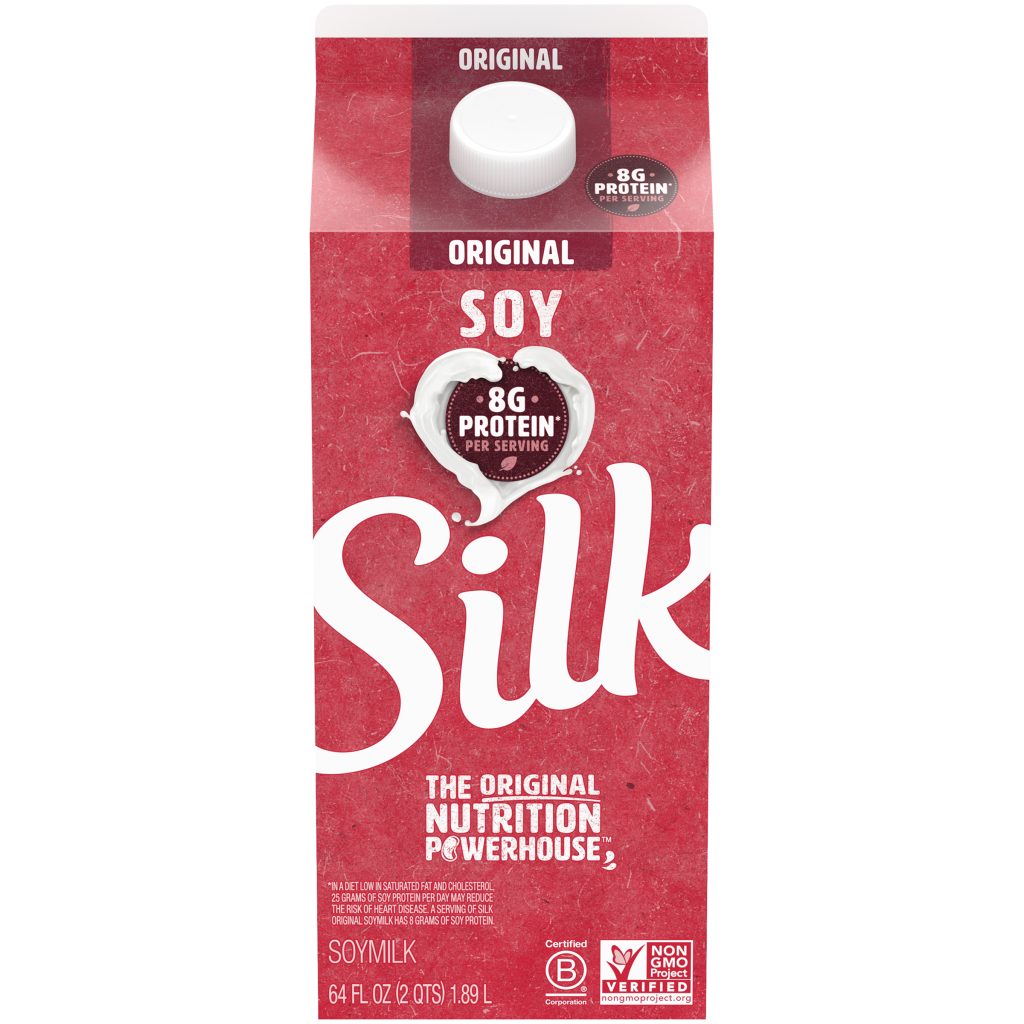
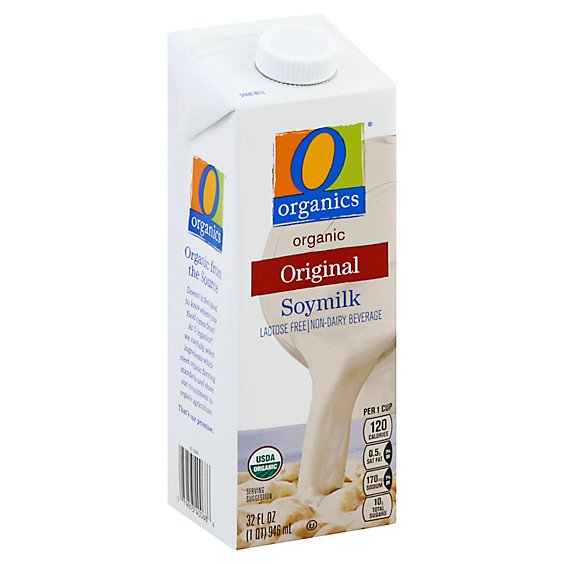
Plant-Based Soy Milk
Buy These!
- Winner: Silk Original Soymilk
- Runner-Up: O Organics Plain Soymilk
Not That!
- I haven’t tried a brand of soy milk that I think is really bad, so I’m putting my least favorite plant milk in general here: Ripple Pea Milk
Synopsis: Silk is the OG for a reason. This original soymilk is everything you expect from a well-rounded plant-based milk without being overpoweringly soy-forward. I also think its slight sweetness matches what you get from dairy milk. The O Organics is also a solid choice, but it’s only available at stores that sell the O Organics brand (e.g. Safeway). While Ripple may have improved its formula since I last tried it, it ranks as my least favorite plant-based milk (too prominently pea-forward with an obnoxiously oily texture). In general, avoid plant-based milks that use lots of oils and emulsifiers. These usually result in textures that are less than desirable.
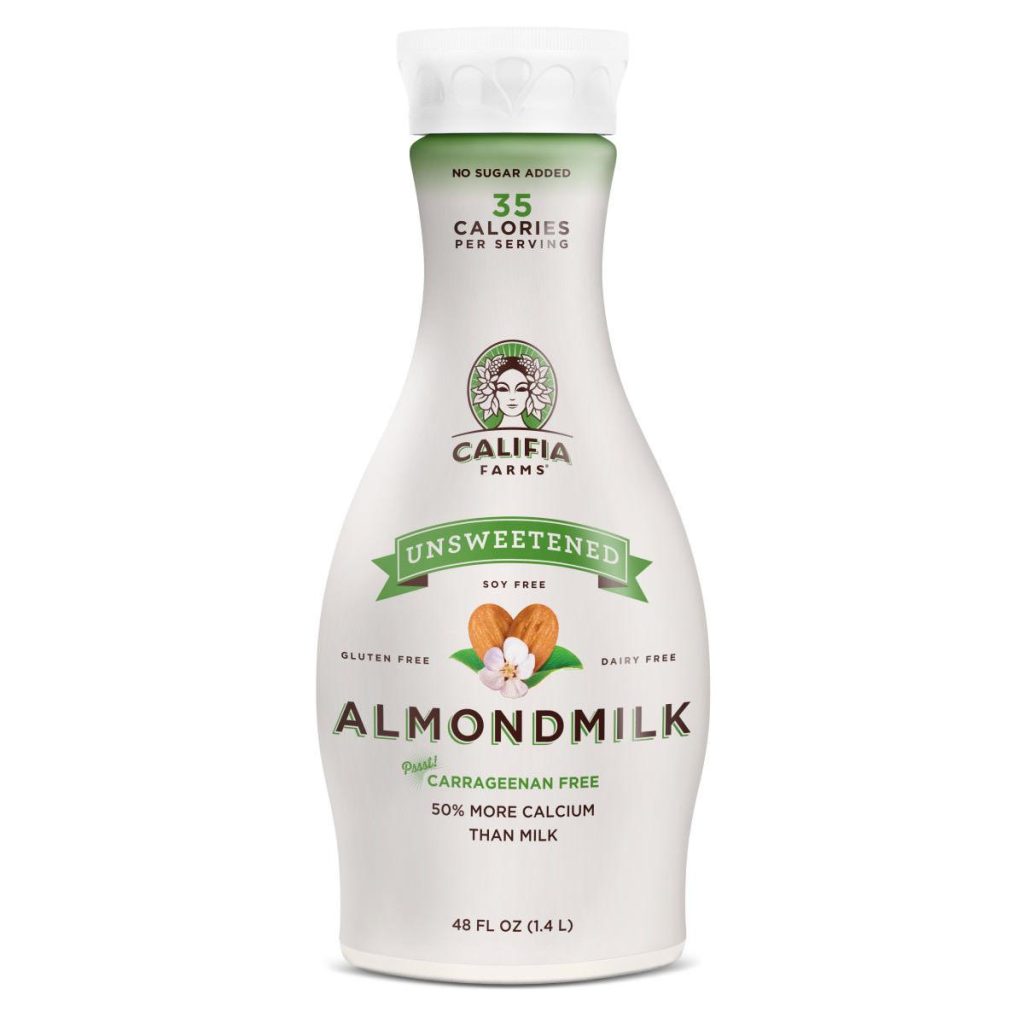

Plant-Based Almond Milk
Buy These!
- Winner: Califia Farms Unsweetened Almondmilk
- Runner-Up: Good & Gather Unsweetened Almond Original
Not That!
Synopsis: I buy almond milk when I want something light and refreshing. I find it’s best paired with something like coffee or cereal. It’s also a great thirst-quencher on hot days when you want something slightly more exciting than water. Califia unsweetened provides exactly this without being too watery (a common defect of almond milks). Sorry Almond Dream, your ingredients list contains far too many emulsifiers, starches, gums, and non-almond ingredients to warrant a purchase from me.
Best Plant-Milk All-Rounder: Silk NextMilk Whole Fat
Synopsis: This unique blend of oat and coconut provides a surprisingly neutral flavor and a nutritional profile that’s very similar to dairy whole milk. This plant milk is perfect for all uses, whether you like it in coffee, cereal, baked goods, or straight out of the bottle.
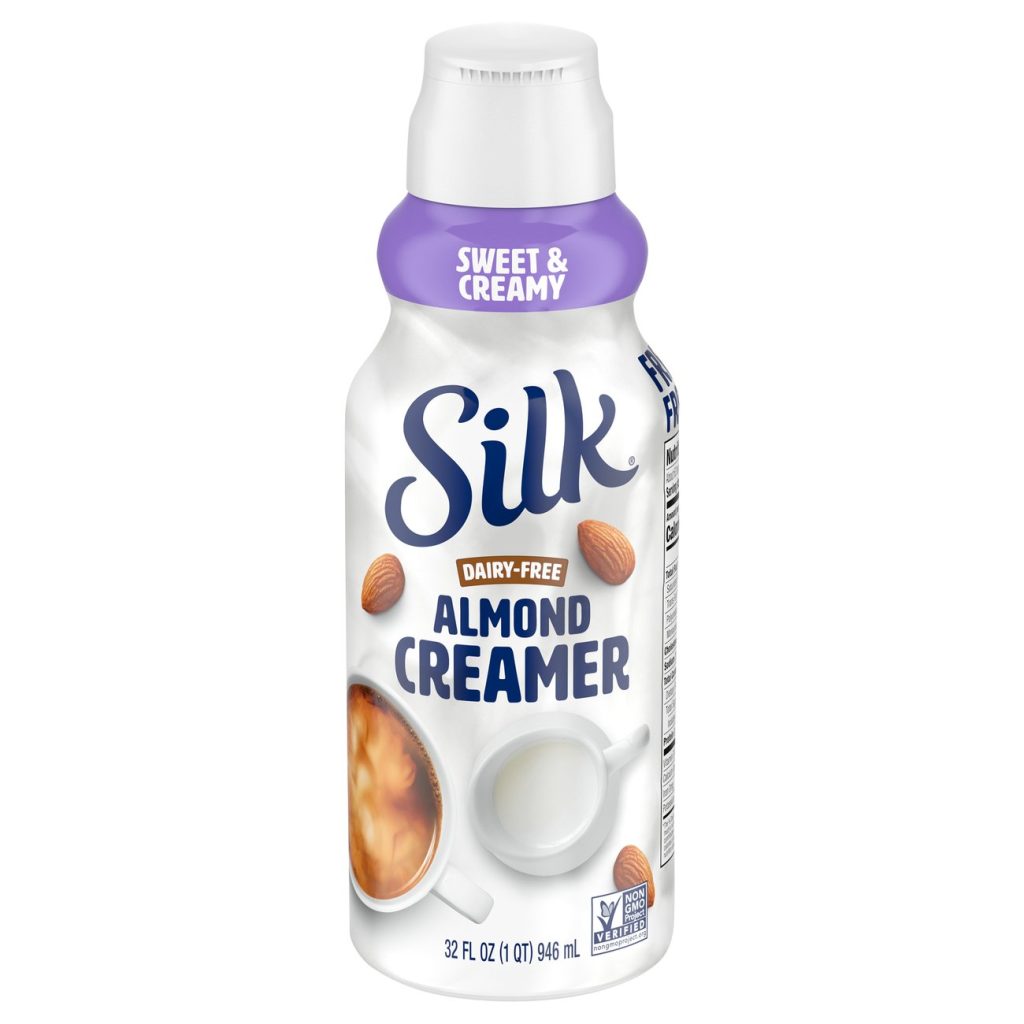

Plant-Based Coffee Creamer
Buy These!
- Winner: Silk Sweet & Creamy Almond Creamer
- Runner-Up: Oatly Barista Edition
Not That!
Synopsis: If a traditional, thick and creamy coffee creamer is what you’re after, Silk’s lineup of creamers fit the bill beautifully. All of them mix seamlessly into other beverages. I think their Sweet & Creamy Almond version is especially tasty. Oatly Barista Edition, on the other end of the spectrum, is a light creamer that has a nutritional profile more similar to whole milk. But if you want something that’s a little lighter for your morning latte or flat white, this is an excellent choice. While the thought of mixing macadamia nut milk into your cup of joe may make you feel fancy, Milkadamia doesn’t blend very well into coffee and is a bit too bland and watery for me.



Plant-Based Cheese
Buy These!
- Winner: TIE between Violife Just Like Feta Block and Follow Your Heart Smoked Gouda
- Runner-Up: Chao Creamy Original (slices or shreds)
Not That!
- Go Veggie shreds
Synopsis: I’m pleased to report that choosing one winner was very difficult for me, so I opted for two! That’s right – we’re now living in an age where decent and (dare I say) delicious vegan cheeses abound. While Violife Just Like Feta does melt easily (unlike real feta cheese), it has a delicious flavor that is perfect crumbled raw into salads or baked onto a pizza. Follow Your Heart Smoked Gouda has one of the best flavors in the vegan cheese game. It’s the ultimate slice for melting onto a burger. And Chao is the most versatile of the bunch – I use this cheese for everything due to its mild, pleasant flavor and excellent meltability.


Plant-Based Cream Cheese
Buy These!
- Winner: Violife Just Like Cream Cheese
- Runner-Up: Treeline Dairy Free Cream Cheese Plain
Not That!
Synopsis: Giving up dairy cream cheese was one of the most difficult aspects of veganism for me. I spent years “enduring” Tofutti’s riff on non-dairy cream cheese, and while it doesn’t come close to the real thing, it scratched the itch for a creamy spread on my morning toasted bagel. That’s why I was over-the-moon delighted when more realistic shmears hit the market, like Violife and Treeline. I frequently use Violife Just Like Cream Cheese in baked goods – from cheesecakes to quiches and beyond – and also enjoy Treeline’s cream cheese on bagels and mixed into scrambled eggs.


Plant-Based Butter
Buy These!
- Winner: Country Crock Plant Butter
- Runner-Up: WayFare Dairy Free Butter, Whipped & Salted
Not That!
Synopsis: For simply spreading on toast and other topical applications, Earth Balance is fine. But the last several times I’ve tried to use it in baked goods, it results in a very off putting flavor. This was confounding to me because I’ve used Earth Balance for years, so I’m guessing their recipe has changed. In contrast, Country Crock’s bold, rich flavor fares very well in baked goods, as long as you don’t mind a slight (but not unpleasant) almond flavor (almond oil is in the ingredients list). WayFare performs excellently as a spread. It actually ranks near the top of all the vegan butters I’ve tried for flavor. But use it as a finishing butter/spread; it isn’t a great choice for baked goods due to its high water and air content.

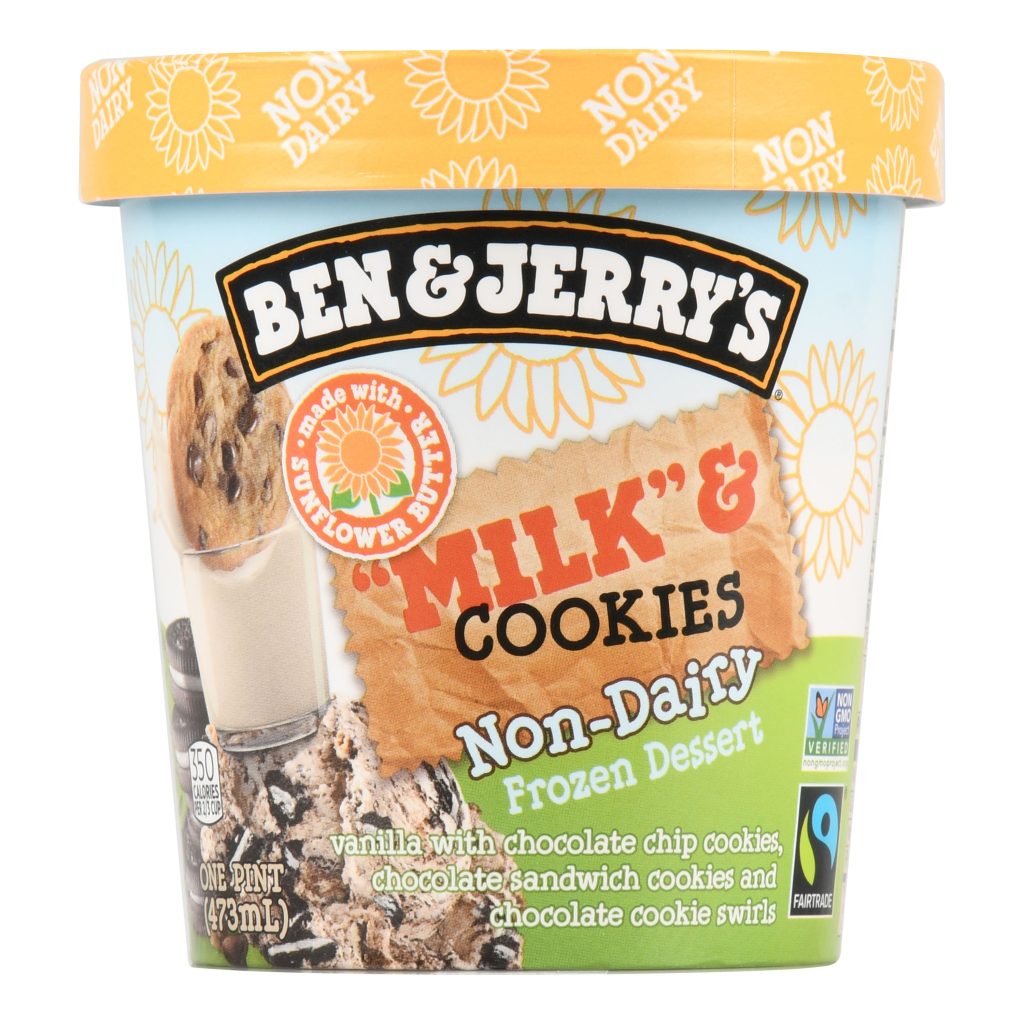
Plant-Based Ice Cream
Buy These!
- Winner: Haagen-Dazs Dairy Free Peanut Butter Chocolate Fudge Frozen Dessert
- Runner-Up: Ben & Jerry’s Milk & Cookies Non-Dairy
Not That!
Synopsis: The brands that are lauded for making the best dairy ice creams also put plenty of research into their non-dairy desserts. Both Haagen-Dazs and Ben & Jerry’s knock it out of the park when it comes to vegan ice cream. Peanut butter lovers will love the Haagen-Dazs peanut butter chocolate fudge, while Ben & Jerry’s has a simpler, more vanilla-forward Milk & Cookies flavor. I don’t think So Delicious Cashewmilk desserts are bad, but there are certainly better products available at a similar price point.


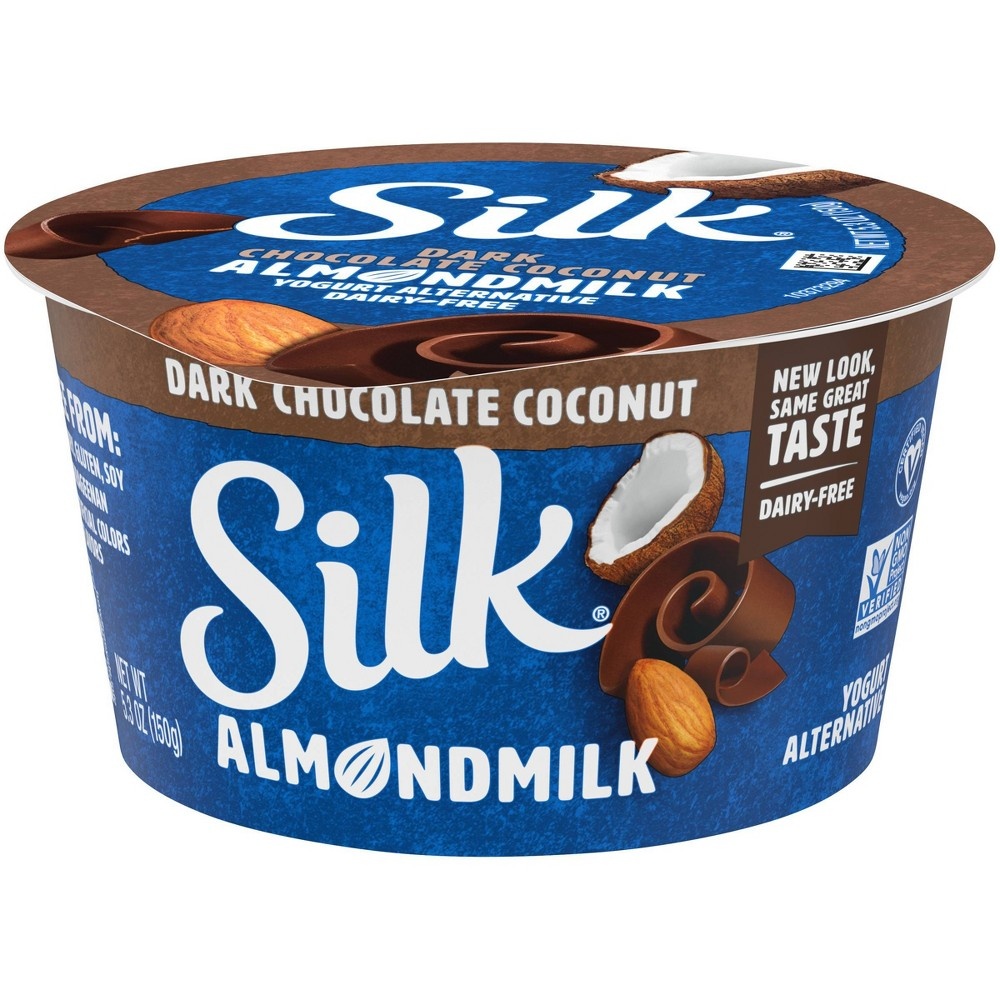
Plant-Based Yogurt
Buy These!
- Winner: TIE between Kite Hill Greek Style and So Delicious Coconut dairy-free yogurt
- Runner-Up: Silk Dark Chocolate Coconut Almondmilk yogurt alternative
Not That!
Synopsis: Kite Hill can be thought of as the ferrari of plant-based products due to its lineup of high-quality (and pricey) items. Their Greek-Style yogurt provides vegans with a thick and creamy texture reminiscent of dairy Greek yogurt, while also packing a protein punch comparable to the dairy counterpart. This is a big deal! Vegan dairy products often lack protein, and the ones that do contain protein often fall short in the flavor department. It’s rare that a company nails both criteria. So Delicious is a great choice for a slightly thinner consistency that’s plain enough to be a blank canvas for cooking, baking, and garnishing. For chocolate lovers, Silk’s got you covered with its delicious Chocolate Coconut flavor.

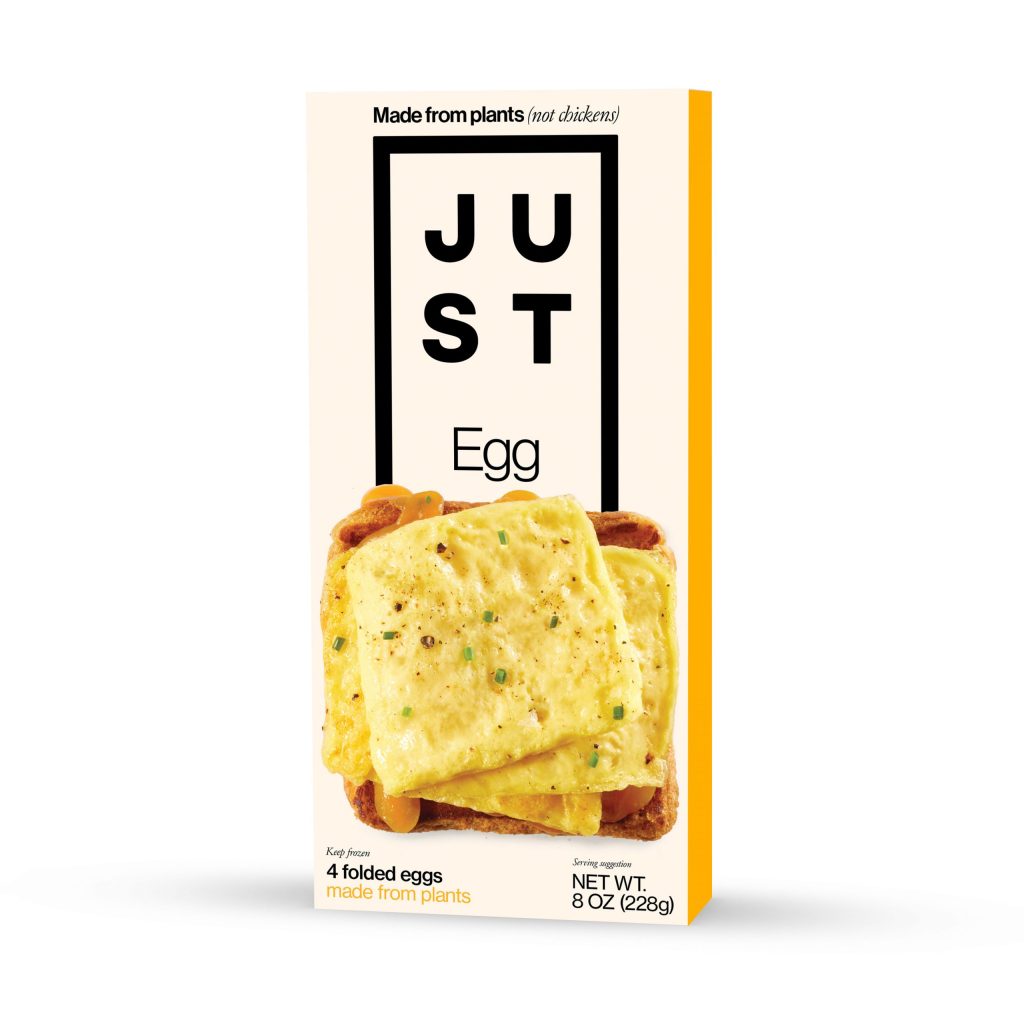
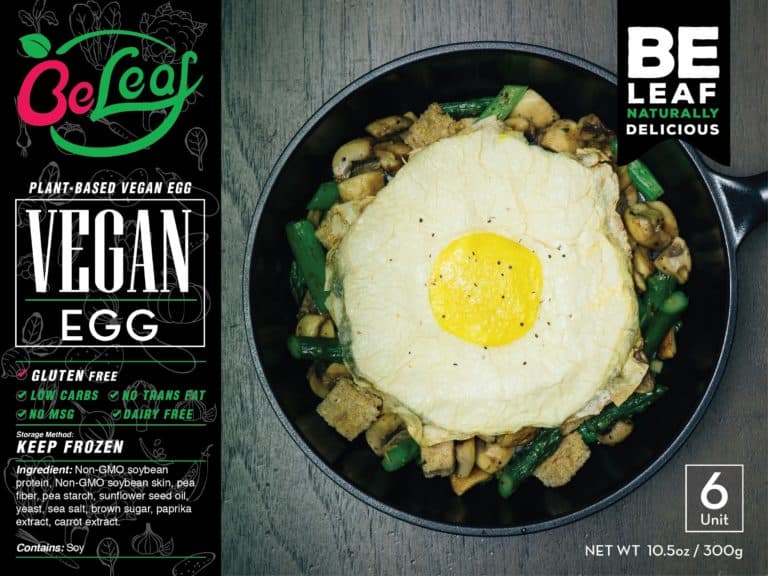
While eggs aren’t considered “dairy,” I thought they still deserved a place in this article, especially because eggs and dairy are frequently used together in the same recipes.
Plant-Based Eggs
Buy These!
- Winner: JUST Egg (both the Liquid and Folded versions deserve winning spots here)
- Runner-Up: BeLeaf Fried Egg
Not That!
Synopsis: JUST Egg is simply the best eggless egg product out there. Expertly crafted from a blend of mung bean protein, canola oil, and emulsifiers, it looks like eggs, tastes like eggs, and cooks/bakes like eggs. The only downsides are that you don’t have the versatility of making fried eggs with an intact yolk, and the shelf life is shorter than regular eggs (even sitting in the fridge, I’ve found that it spoils surprisingly quickly). In contrast, BeLeaf offers a delicious pre-formed vegan fried egg. The texture is like a fried “over-hard” egg (the yolk is not runny) and it’s decently convincing. Coming in last place, while the bright packaging and inviting yellow color of Simply Eggless may entice some shoppers, for me, the texture and flavor are a far cry from real scrambled eggs. A few years ago, this may have been a hit, but we’ve been spoiled by ultra-successful products like JUST, and now it’s hard to settle for anything but the best.

